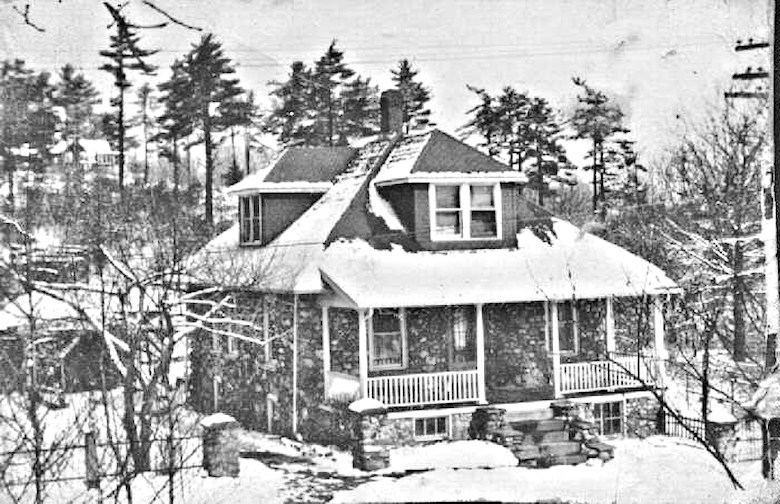This was the kind of photo they took of new immigrants. While the photo isn't dated, it's known that my father immigrated from Italy in 1913. On the left is Philomena Marmo, standing in the middle is George Marmo, on the right is Caesar Serafino "Jack" Mamo...my father...and seated is the family Patriarch, Luigi Marmo.
Interesting story about
him. When I was nine months old, we all went up to the family home
to visit. My grandfather (his name was Luigi Marmo) had ALREADY put
me in his will, established a college fund for me, figured out what
I would do in life, where I would live, who I would marry AND what
my mother would be doing in the interim. The way Luigi had it
planned, we would all move into the family home, my uncle's wife
(who had been doing all the housework while the men enjoyed the
fruits of her labor) would then cease doing the housework and sit
back and relax. Who would take over? My mother (after she resigned
from the phone company where she had been working since 1922) would
then take care of all the
housework.

Date for this photo is
unknown, except that it's sometime in the winter. This is the
family home at 22 Kendrick Road, Wakefield, Massachusetts.
This was not an unusual
practice for him. One reason my father left home when he was 18 in
1926 was that his mother died. The other is that Luigi had also
planned HIS life, just as he had mine. In this case, Luigi went so
far as to tell my father where the house would be built and who
(Luigi) would build it. But I digress. Back to the plans that were
being made for me.
As you might expect, my mother being a stiff-necked, defiant,
stubborn Southerner, born and bred in northeastern Mississippi, had
a one-word answer: No. Luigi said if she didn't, he'd take me out of
his will. She didn't. He did. That has a lot to do with why I've
always had to scrounge and scrape most of my life to get by.
The upshot of all this is that I've never had the pleasure of being
doted on by loving grandparents.
But I'm in one piece and thankfully no more bigoted than my parents
were. Do I have my biases? Sure do, but we're all biased to some
degree about something. That's part of being human. If we could
eliminate all biases, prejudices and hatred, we'd be perfect. But
that's not possible so long as we're human beings. So we do the best
we can and some do better than others.
My grandparents (all of them) grew up in a time period and culture
where hatred and racism were endemic. They were a product of their
environment. Fortunately, my mother was able to break out of it. So
did my father. I’ll be forever grateful for that.